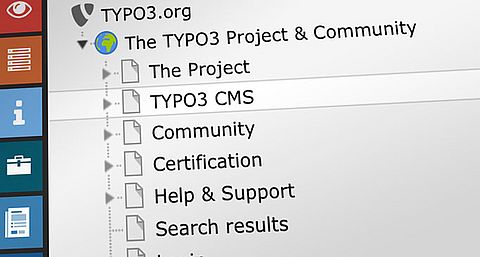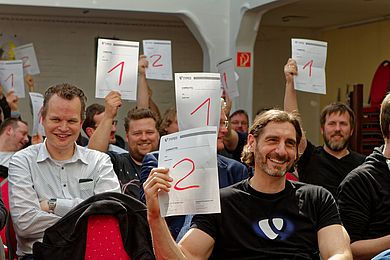The TYPO3 Product is an integral part of the TYPO3 Project. The TYPO3 product strategy is built within the context of the TYPO3 Project, and never outside of it. As a result, the TYPO3 Product vision is the same as — or a subset of — the project’s vision:
Empower * to unlock their potential, creating opportunities through content.
We believe that every person can bring something unique to the table. Content is fundamental to empowering people today to share knowledge, unlock possibilities, and achieve their potential regardless of who they are, what they believe, or where they come from. Our people, software, and services will empower content for everyone.
The TYPO3 Ecosystem is a big community consisting of, for example, agencies, solution providers, and freelancers. Additional services and solutions, like extensions, consulting, certification, and education are being offered. In contrast to, e.g. open-code models, TYPO3 is true open source, with key innovation delivered by community contributors.




